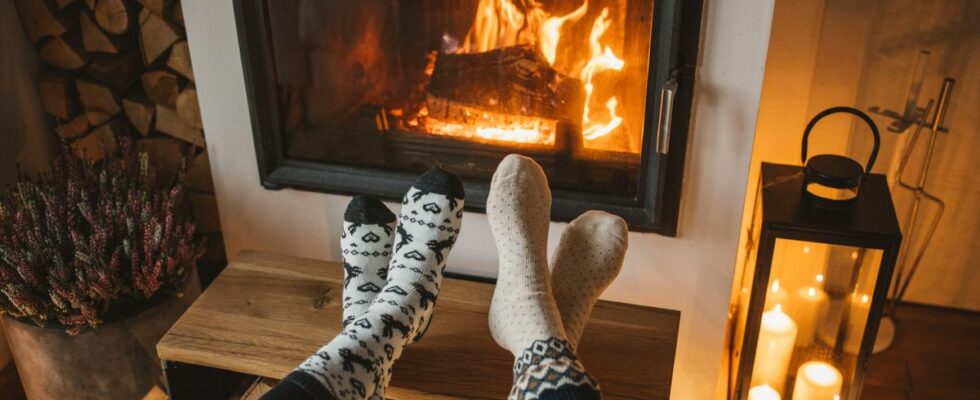After coming close to spring, France has just fallen into the great cold. Cooled by the icy northeast wind, a large northern half of the country is shivering. While the price of gas and electricity has risen in recent months, many French people have turned to wood heating. Evidence of this enthusiasm? The explosion in demand for pellets or the impossibility of certain firewood professionals to honor all orders from individuals. Renewable, local and ancestral energy, wood multiplies the advantages. But she can’t do everything well. Its main flaw? The fine particles emitted during its combustion which pollute the air. However, it is possible to greatly limit the pollution generated by your stove or fireplace by following some advice not always known to the general public. 20 minutes helps you light the fire.
Ban the open hearth
According to the work of the Interprofessional Technical Center for the Study of Atmospheric Pollution, 46% of fine particles of 2.5 microns (PM 2.5) and 32% of PM10 are generated by the combustion of wood. A substantial part which is particularly linked to the presence of many open-hearth or inefficient appliances. In addition to heating poorly, this equipment emits five times more fine particles than a recent stove (since 1996 is considered recent) and ten times more than a pellet stove. “An open fireplace is to be avoided. Most of the time, it is very wide, and we put big logs in it, sometimes not split. That’s the worst part,” explains Morgan Lebreton, project manager at Fibois Bretagne. This organization created by the State recommends replacing obsolete equipment with more recent equipment by opting for the “green flame” label. The latter divide fine particle emissions by five and show significantly higher yields. You will consume less wood to keep your home warm.
Lighting your fire “upside down”
Forget the newspaper lying on the bottom of the stove. If you want optimal ignition, you will have to opt for the so-called “from above” technique. Put down your largest logs then go up with soft kindling like timber or softwood and put an ecological firelighter on it. At the top, you can add a few crates or very dry pine cones. Put on maximum air draft and turn on.
“By doing this, you heat the fireplace before the flames burn the large logs. The air is warmer and dries out the wood. When the flames burn the logs, they are brighter,” continues Morgan Lebreton. According to Ademe, 80% of polluting emissions occur during the 10-15 minutes after ignition. The top firing method would reduce combustion emissions by 30-50%.
Burn dry wood
One of the main sources of fine particulate emissions comes from wood moisture. If it is too “green” and not considered “ready for use”, the wood burns poorly and releases large quantities of smoke which degrades the air. Legally, the moisture content of wood sold as “ready to use” must be less than 23%.
It is estimated that it takes eighteen months of drying after felling, although this figure varies according to species. Specialists advise storing your wood away from the rain and staggering it so that air can circulate and the logs can dry properly. In France, a large part of the firewood is self-produced by individuals or farmers. To limit pollution and improve its calorific value, it is necessary to ensure that it is ready for use. Patience, therefore.
Choosing the right species
The three classics: hornbeam, beech and oak. Considered the best firewood, these three species are also the least polluting, according to the DREAL, which recommends “avoiding softwoods”. It is advisable to split the pieces well and avoid large circular logs full of bark which tend to retain high humidity and clog the ducts.
Get some air!
“We very often see people opting for a last night log. They choose the biggest one and lower the air draft so that it burns gently during the night. It is a mistake. By doing this, we clog up our equipment, we release fumes and we pollute. Better to opt for a last beautiful intense outbreak before going to bed,” recommends the Fibois project manager. At all times during combustion, it is advisable to maintain a large air draft and a lively fire to limit the release of smoke. A good indicator: if your window gets dirty, it means that the clearance is insufficient. On ignition, it is better to leave a maximum draft for at least thirty minutes, the time to heat the conduit.

